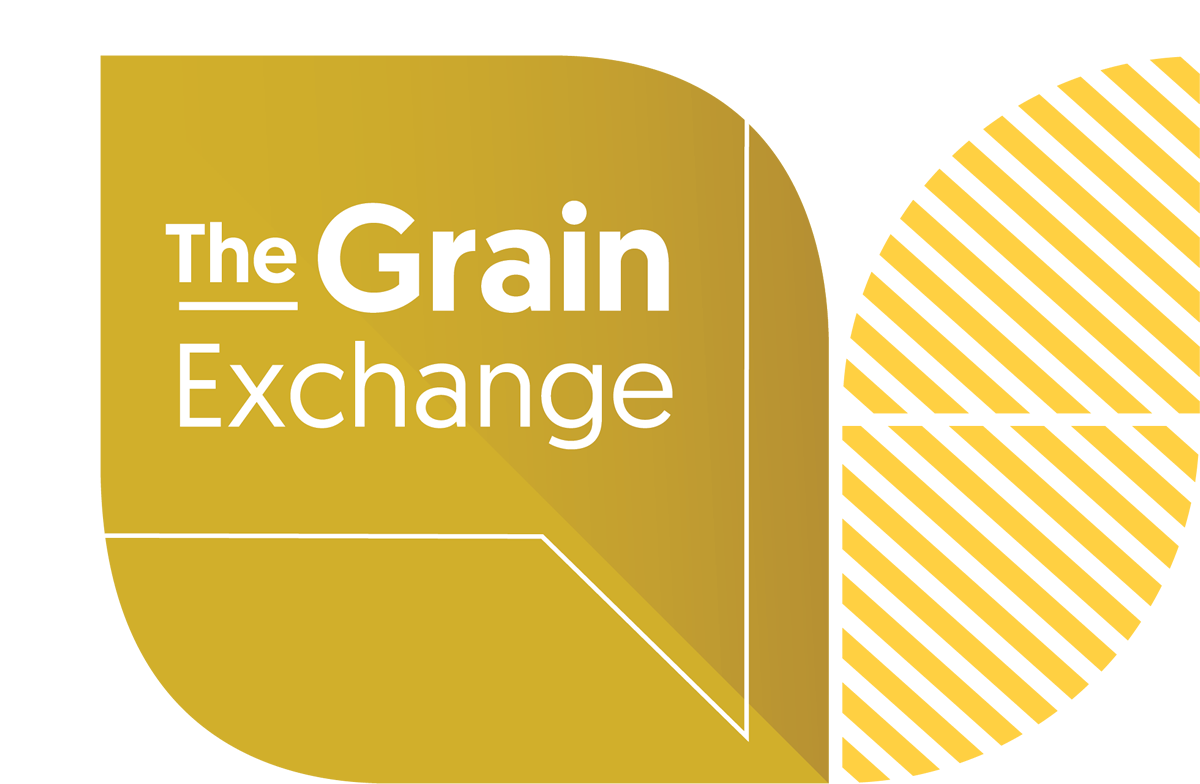A call for transparency in the Canada Grain Act
April 30, 2021, the review period of the Canada Grain Act concluded. One of the main topics of discussion amongst government, industries and producer groups was the funding of the Canadian Grain Commission (CGC). This article aims to educate farmers on the current funding model of the CGC, the downfalls of this model and recommendations submitted by the Alberta Wheat and Barley Commissions.
The commissions call for an end to the current funding model for the CGC as it hides regulatory costs in farm gate grain prices. Instead, the commissions propose that the CGC’s regulation cost show as a fee on producer sales of grain. This fee must be applied transparently by CGC licensees to all grain deliveries, reviewed annually, and be calculated in a manner that prioritizes funding current operations through surplus funds. This change would formally recognize that farmers are the main source of CGC revenue. It would also ensure that farmers are aware of the costs that they are paying for the regulatory system, and prevent the accumulation of annual surpluses.
Since 2012, the largest source of CGC revenue are fees charged for the mandatory inspection of all Canadian grain export vessels, except those destined for the United States. CGC funding reports show that over 85 per cent1 of annual CGC revenue in 2019-20 came from fees and services. While export inspection fees are charged directly to grain export companies, the competitive nature of international grain trade means that the CGC fee cannot be passed onto international buyers. Instead, the companies incorporate the CGC fee into their operating costs, resulting in farmers paying for the fee through reduced cash prices for grain. The current system results in farmers indirectly bearing the cost of the CGC, but provides no transparency. Moving this cost from the grain basis to a line item on the producer’s payment will make the ongoing producer funding of the CGC fully transparent.
Not only is the current funding structure for the CGC not transparent, but it is also inaccurate. The CGC operates on a cost-recovery model, which means they set a fee for the entire year based on an estimate of their annual costs divided by an estimate of how much grain will be exported. Since 2012, the CGC has underestimated the amount of grain exports eight out of the last nine years. For each year that exports were estimated too low, the CGC acquired a surplus of revenue. Although the CGC has tried to address this, they continued to collect surplus funds over the 2019-20 crop year of over $3.12 million. The commissions have called on the CGC to address their cumulative surplus of over $148 million by reducing their inspection fee and by operating on surplus funds. The CGC has dismissed this ask as they have suggested that grain companies would likely capture any reductions in fees, passing none of the savings onto producers.
By moving CGC funding from the grain basis to the producer’s payment, the concern of grain companies holding the benefits of lowering fees can be addressed, and the CGC can annually adjust their fee based on the financial results of the previous year. If a surplus is collected in the previous year, the CGC would be able to reduce their regulatory fee the next year to accommodate, and this reduction would be noted to producers on their payments.
The Canadian Grain Act review has provided an opportunity for long- standing producer concerns regarding transparency and efficiency with the CGC to be revisited. With our submission complete, the commissions will continue advocating for greater transparency and efficiency to ensure the best use of producer dollars.
To view the Alberta Wheat and Barley Commissions’ submission visit albertawheatbarley.com.
1 https://www.grainscanada.gc.ca/en/about-us/reports/planning-performance-reporting/ financial-statements/2020/

